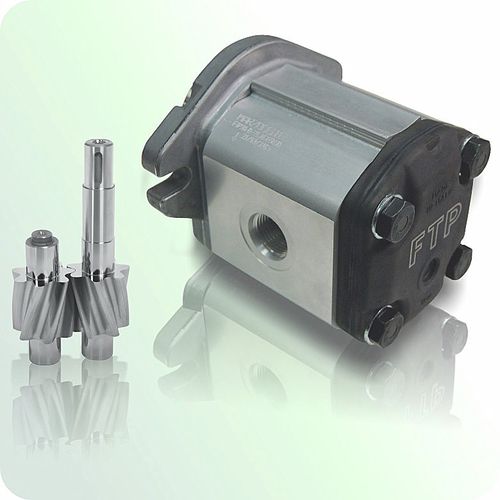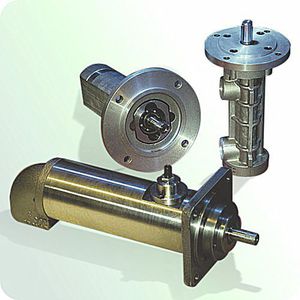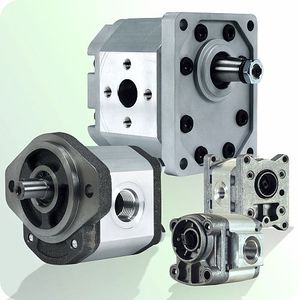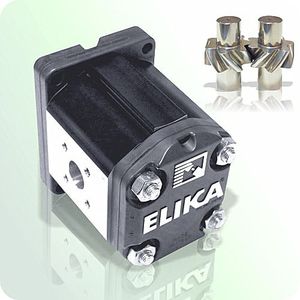
- Products
- Transfer pump
- jbj Techniques Limited
Transfer pump FTP2 series
Add to favorites
Compare this product
Characteristics
- Applications
- transfer
Description
The low noise, high efficiency, low pulsation, fluid transfer helical gear pump reduces noise level by an average of 15 dBA. Ideal for low-pressure, low viscosity lubrication applications such as fire-resistant fluids.
This FTP helical gear pump is the ideal solution for low-pressure lubrication applications where low-viscosity fluids are required, such as fire-resistant fluids.
Typical applications include large lubrication systems, lubrication of the guides of machine tools, and the lubrication and cooling of tools themselves.
Fire-resistant fluids are used whenever there is a possibility that a hydraulic fluid (also used for lubrication) may encounter a source of ignition, such as the surface of very hot equipment. Fire-resistant hydraulic fluids are specially formulated so they are more difficult to ignite and do not propagate a flame from an ignition source.
The only fire-resistant fluids that are completely incompatible with these gear pumps are the HFDR type; for all the others, it is possible to obtain a configuration that makes them compatible. To avoid fast wear of the sliding contact parts, FTP pumps can be supplied, depending on the type of application with bronze or bronze/PTFE thrust plates. These FTP helical gear pumps are available in versions with or without a relief valve built into the cover, and maximum working pressure is 50 bar. The gear pumps have very high specifications for rotation speed and viscosity range. FTP pumps are available with clockwise rotation, with counter-clockwise currently being developed.
Catalogs
No catalogs are available for this product.
See all of jbj Techniques Limited‘s catalogsOther jbj Techniques Limited products
Hydraulic pumps and motors
*Prices are pre-tax. They exclude delivery charges and customs duties and do not include additional charges for installation or activation options. Prices are indicative only and may vary by country, with changes to the cost of raw materials and exchange rates.






